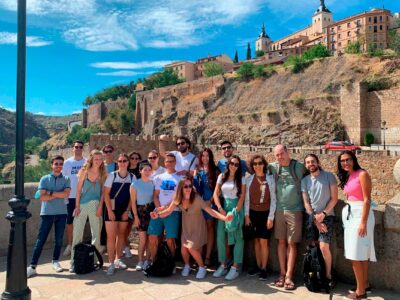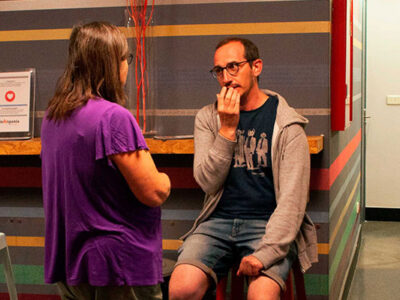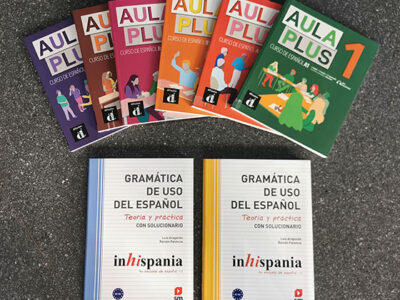Unlock Vocabulary With the Alphabet: Creative Strategies for Spanish as a Foreign Language (ELE) Teachers
Dear ELE Teacher Colleagues!
On the exciting journey of teaching Spanish as a foreign language, we know that vocabulary plays a fundamental role. This time, we will dive into creative strategies using the alphabet (ABC) that, although seemingly simple, offer a motivating, dynamic, and effective approach to enriching classroom vocabulary. Let’s explore different ways to use the ABC as a versatile tool, adaptable to the needs of your group and their level of Spanish, to stimulate active learning and long-term retention of new words.
1. Thematic Word List: Enriching Vocabulary in Context
Let’s start by creating thematic word lists using the alphabet. Imagine the topic “everyday life.” Assign a letter to each student or group and ask them to find and share words related to daily life that begin with their assigned letter. For example, for the letter ‘A’, they might contribute “almuerzo” (lunch), “agenda” (planner), or “actividades” (activities); for the letter ‘M’, they could suggest “mañana” (morning), “merienda” (snack), or “móvil” (cell phone); and so on with each assigned letter. This activity not only expands vocabulary, but also encourages group collaboration and helps students contextualize new words. You can carry out this activity in various ways, such as creating a word cloud on the board or using infographics like the ones we’ve included here, aimed at beginner levels (A1-A2) for vocabulary on nationalities, body parts, and clothing items.
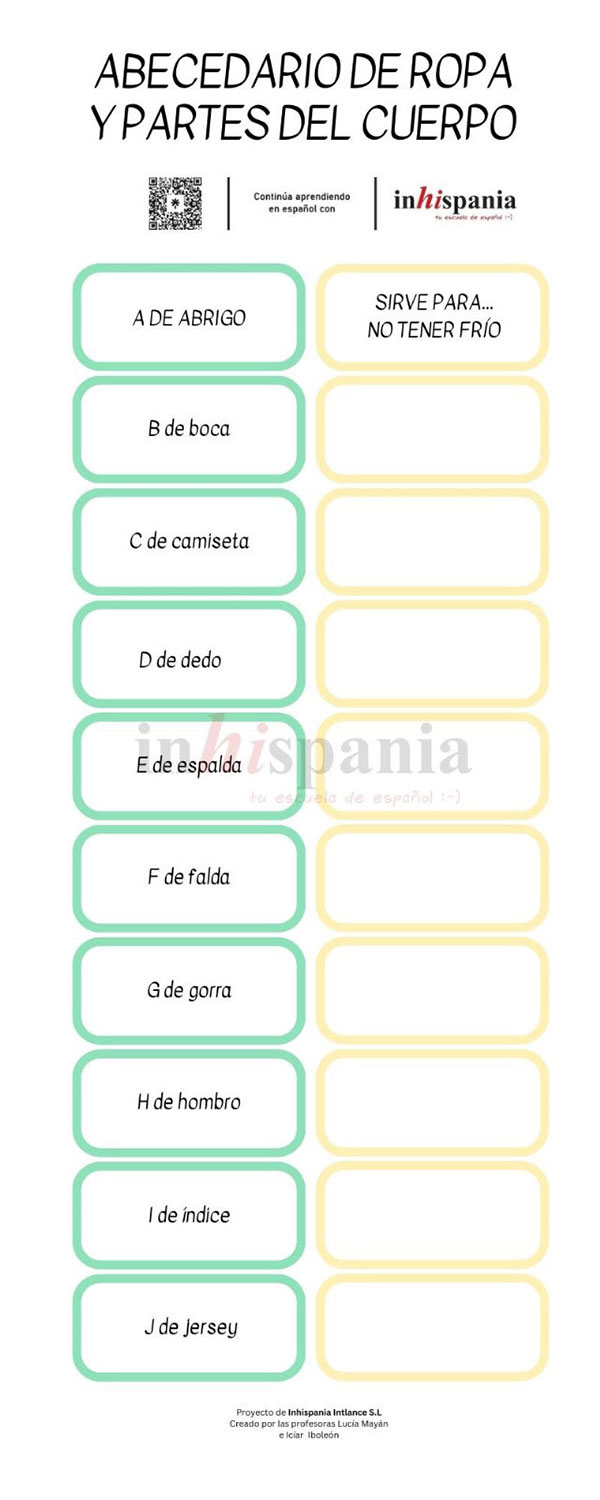
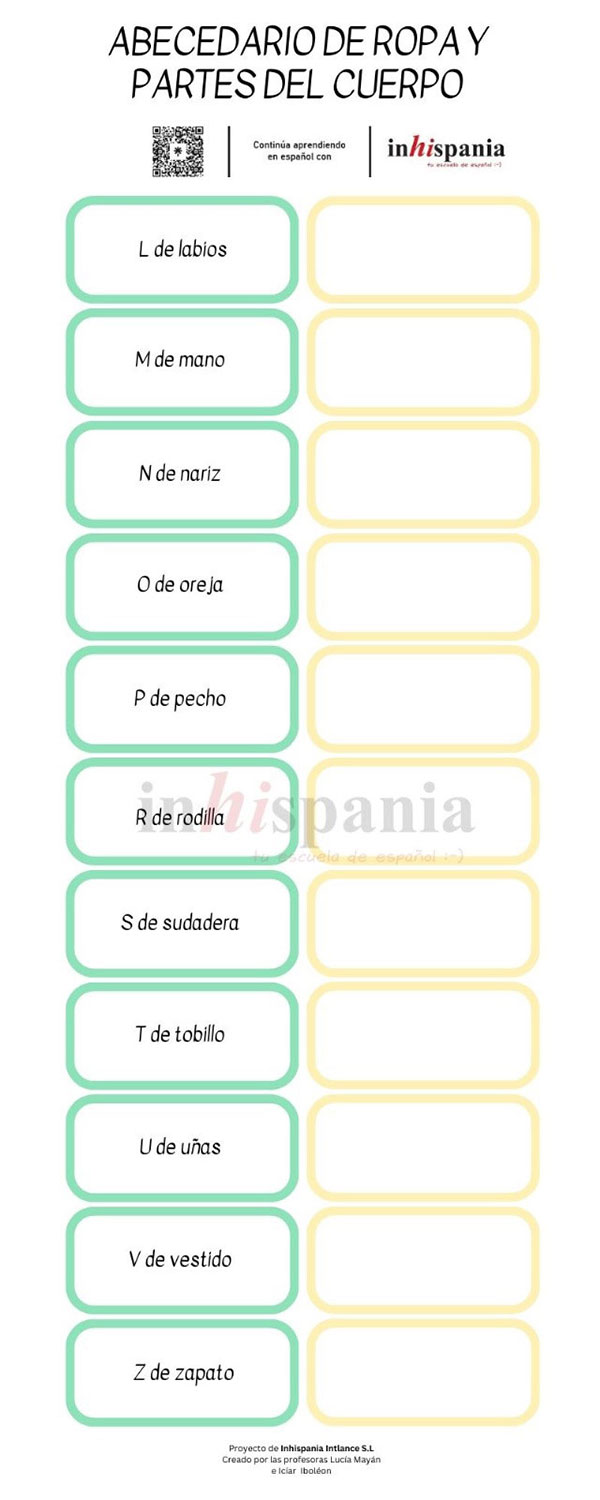

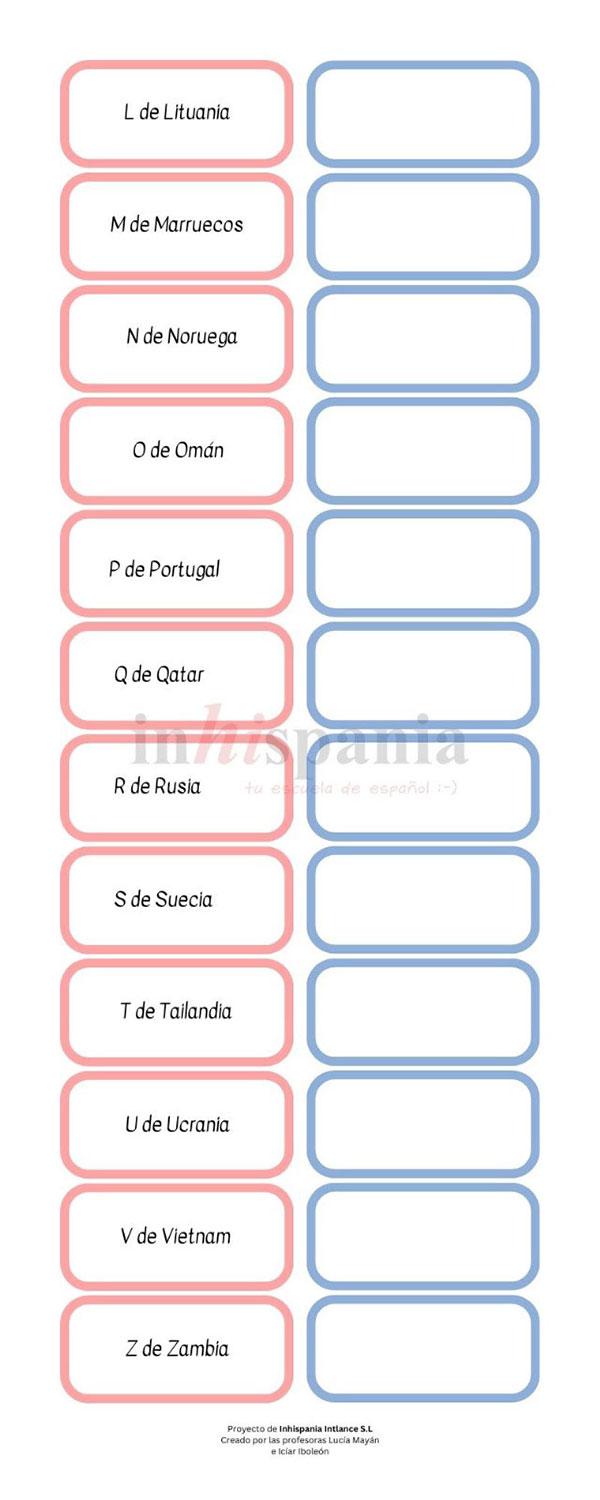
2. Visual Alphabet: Creating an Interactive Visual Resource for the ELE Classroom
Transforming the classroom walls or bulletin boards into an interactive visual resource is a powerful strategy to enrich the learning experience. By assigning a section of the alphabet to each student or group, you encourage active participation and a personal connection with the vocabulary. Ask them to fill their section with images or words related to a specific theme, such as “culture.” This not only stimulates creativity, but also allows for visual immersion in the vocabulary connected to the cultural richness of Spanish-speaking countries. This visual dynamic not only facilitates vocabulary retention, but also transforms the classroom into a motivating and educational space. If you encourage your students to include images, you can create wonderful compositions that will serve as excellent classroom decoration!
3. Alphabetized Stories: Integrating Vocabulary into Narratives Created by ELE Students
Developing collaborative stories or narratives is an excellent way to incorporate alphabet words into meaningful contexts for Spanish as a Foreign Language students. Imagine the topic “magical places”-each student or group receives an assigned letter to create a unique story. The following example was created by A2-level students, focused on the letter ‘C’:
Carlos, a student who loves learning Spanish, decided to go on a special trip. He took an old train that took him to a Dream City, a place where every corner had something surprising. When he arrived, he met Catalina, a local guide who took him to a Castle where the doors opened with magic words. Together they explored wonderful streets, crossed a Crystal Bridge, and stopped at a Café overlooking the City. At nightfall, they found a Cave full of bright lights. Excited, Carlos said, “Every corner of this Dream City is like a place from a story.” Catalina smiled and replied, “Every place has its Heart, and words are the key to discovering it.”
As we can see, this story not only integrates words starting with the letter ‘C’ in a coherent way, but also introduces fictional elements and describes the exploration of fascinating places. By participating in the creation of this story, students not only strengthen their vocabulary but also develop their literary competence with narrative and imaginative skills in the context of Spanish as a foreign language. Encourage creativity and oral expression in your ELE students through these stories!
4. “Pasapalabra” Game Adapted for ELE
You can bring games inspired by the popular TV show “Pasapalabra” into the classroom. For those who are not familiar with it, the dynamic is very simple: based on definitions, each participant tries to guess words as they progress through an alphabetical “rosco” (wheel). If they don’t know a word, they say “pasapalabra” and move on to the next one. The winner is the one who completes the wheel first or has the most correct answers in a given time. There are many possible variations of this game, in pairs or teams. One could be the “Cultural Pasapalabra,” where cultural categories are chosen and students compete by answering questions related to Hispanic culture, encouraging the active use of vocabulary. Special rounds, full of challenges, add excitement and creativity to the activity. The strategic option of “pasapalabra” adds a tactical element to the game, stimulating quick thinking. The activity concludes with an exciting final round and prizes for the top teams, consolidating the Spanish learning experience. This educational version of the TV contest combines play with cultural immersion, giving students a comprehensive, fun, and educational experience in the ELE classroom. Additionally, the friendly competition among classmates adds excitement and motivation, turning learning into an interactive and enjoyable experience in the ELE class.
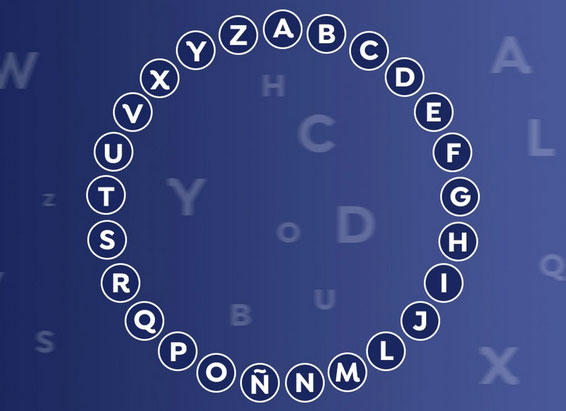
In “Alphabet in Motion,” students must add gestures to the words. For example, “Ana” with “athletics” makes a running gesture.
5. Sensory Alphabet: Stimulating the Senses in ELE Teaching
Enhance the learning experience by involving the senses and drawing inspiration from the rhetorical figure of synesthesia, where a sensation (smell, taste, touch, sight, and hearing) is attributed to a word or concept. Due to the lexical complexity that can be achieved, this activity is especially aimed at advanced students (B2-C1). For example, if exploring the theme “nature,” for the letter ‘N’, you might mention “clear” (nítido), describing fresh air, or “nutritious” (nutritivo), associated with fruits and healthy foods. This sensory connection not only enriches vocabulary but also stimulates sensory memory in ELE teaching due to the neurological connections it creates.
A simpler version of this activity, suitable for intermediate (B1) and even beginner levels (A1-A2), would be an “Alphabet in Motion.” This is a playful activity that combines learning with physical movement. Participants, when naming words related to a specific theme and starting with an assigned letter, must add gestures or movements that represent the word. This not only reinforces vocabulary and the mind-body connection but also encourages creativity and active participation in the classroom. Each student contributes to building a visual and dynamic alphabet, creating a comprehensive and enjoyable educational experience. Imagine the theme is “sports” and the assigned letter is ‘F’. A student might say “football” and make a kicking gesture. Another student, with the letter ‘N’, could say “swimming” and mimic the movement of swimming. This activity not only reinforces sports vocabulary in Spanish but also incorporates action and physical expression, making learning more dynamic and participative. By associating words with movements, students internalize vocabulary in a more memorable way and enjoy an interactive experience in the ELE classroom.
Have you tried any of these strategies in your ELE classes before? At Inhispania Spanish school, we are proud to successfully implement innovative educational dynamics and playful activities like these that enrich the learning experience. We firmly believe in combining fun and learning to offer our students an effective and exciting immersion in Spanish. We are committed to making every class a vibrant and participative experience, where teaching goes beyond the classroom, building a dynamic and motivating educational environment. And we are passionate about sharing our experience with the entire educational community.

